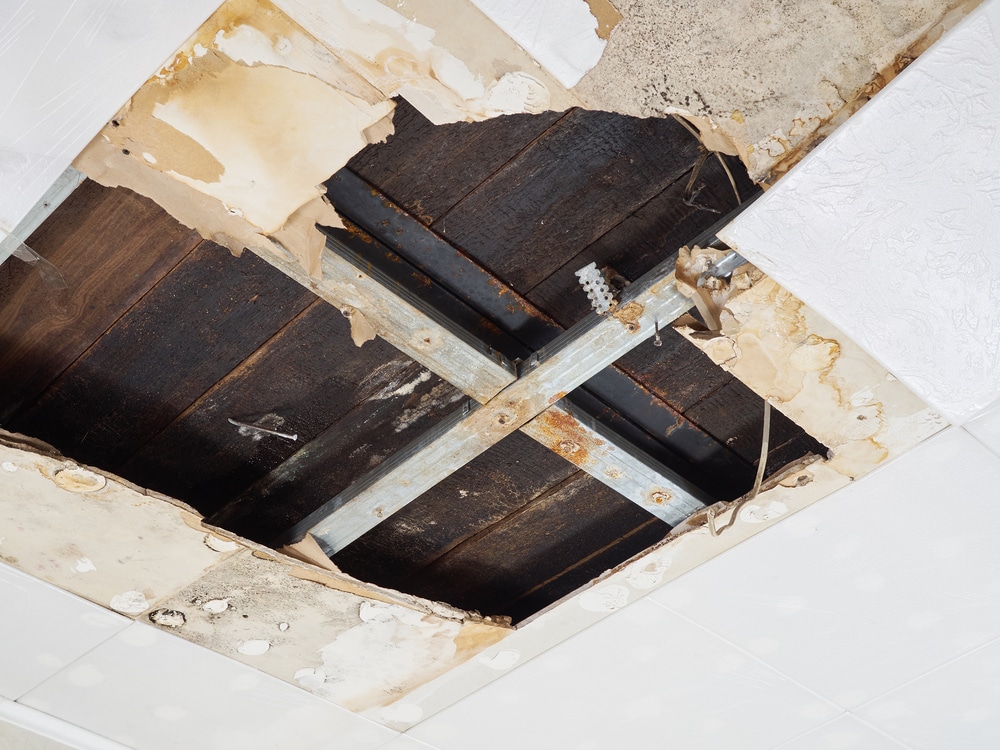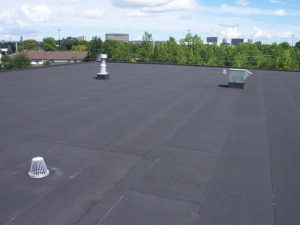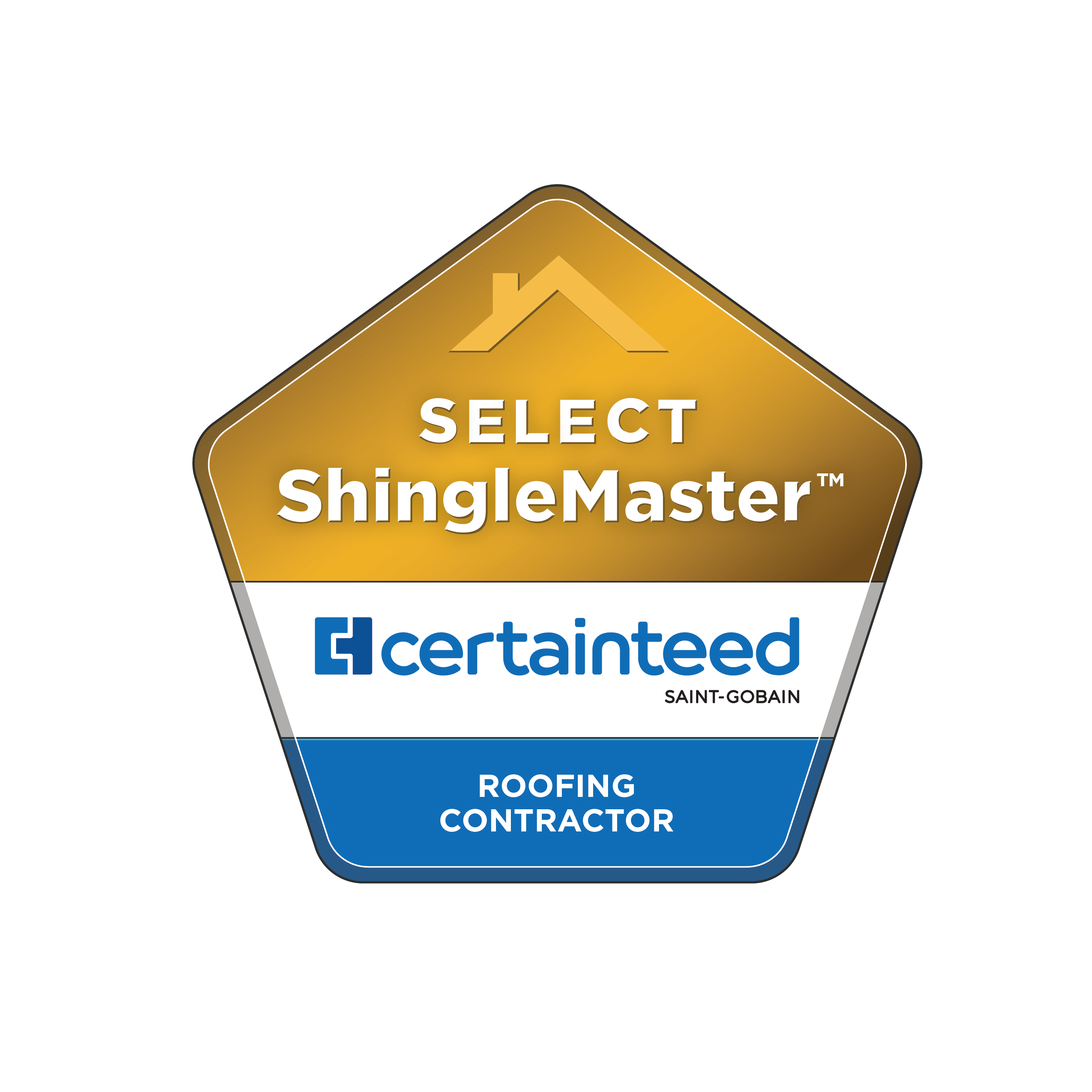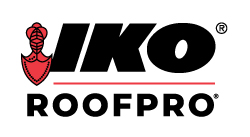
Roof leaks are a serious annoyance to repair. The good news is that some leaks are predictable – particularly as the roof ages. By identifying locations that are susceptible to recurring issues, steps can be taken that may avert pricey roof problems.
Flashings and sealants at penetrations through the roof membrane are common problem locations. Normally in single-ply roofing systems, penetration flashings are the same material as the top covering membrane and are bonded to the field membrane. Examine the laps, seams and sealants at these locations frequently.
Factory-assembled boots can address field installation issues at penetrations. It is significant that technicians correctly close the boot to the field membrane, where problems normally happen.
Leaks happen near top covering edges because of the transition from flexible membrane flashings to inflexible sheet-metal flashings. Technicians should ensure that sheet-metal laps shed water, and they should examine the sealants at these locations frequently.
Pre-manufactured sheet-metal top covering accessories can solve numerous roof-perimeter troubles. Home owners can identify custom-made accessories for copings at parapet walls and reglets at masonry or rising interior walls. These components normally snap together, and technicians can dismantle and re-install them during roof-membrane replacements.
Roof drains that penetrate a roof membrane can be especially troublesome because rainfall that falls onto the roof finally flows over the drain’s seal. Drains should be sufficient to handle heavy rain falls, and they should have a screen that halts debris from sliding down the pipe.
Owners should clean the drain regularly to avert blockage of the screen and establish recessed drain sumps. A positive slope in the top covering also can prevent water from forming around the drains.
The best way to bypass leaks at roof penetrations is to bypass penetrations entirely. For example, ducts, conduits and other piping that runs horizontally over the roof often are placed on solid supports that are anchored to and penetrate the roof membrane at normal gaps. To bypass these penetrations, managers can identify products with adjustable heights and soft feet that sit on the membrane. If a level element must be anchored to the roof, construct a curb and protect the element supports to the curb.

This issue might result from a missing or inadequate air barrier or vapor retarder on ceilings or walls, or from insufficient insulation or ventilation. Cold locations above the insulation in joist cavities or attic spaces should be vented. If natural ventilation is tough or too costly, technicians can establish a fan that moves moist air out of the cold areas.










